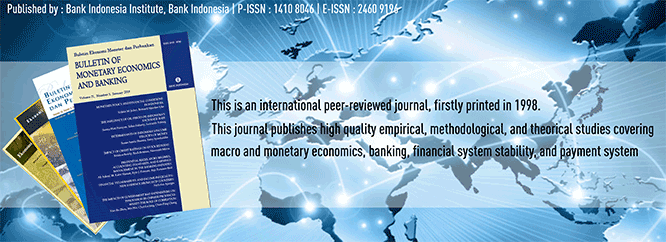
Document Type
Article
Abstract
In a two-class growth model of Pasinetti (1962), there is no financial intermediary that mobilizes bank deposits to be lent to the capitalist class for physical investment. The absence of a capital market also precludes workers from buying capitalists’ new issues of stocks and bonds to finance investment. Thus, the equilibrium rate of return to capital is independent of the saving rate of the working class—what Samuelson and Modigliani (1966) referred to as the Pasinetti paradox. In this paper’s modified Pasinetti framework with endogenous growth, the equilibrium rate of return to capital is shown to be a function of all structural parameters, including both saving rates of the capitalist and working classes. Additionally, the modified model explains the recessionary dynamics of the 2007/2008 global and regional financial crises. Implications for growth policies are drawn.
Recommended Citation
Villanueva, Delano Segundo
(2022)
"FINANCE AND ENDOGENOUS GROWTH,"
Bulletin of Monetary Economics and Banking: Vol. 25:
No.
1, Article 11.
DOI: https://doi.org/10.21098/bemp.v25i1.1878
Available at:
https://bulletin.bmeb-bi.org/bmeb/vol25/iss1/11
First Page
55
Last Page
72
Creative Commons License

This work is licensed under a Creative Commons Attribution-NonCommercial 4.0 International License
Country
Philippines
Affiliation
Bangko Sentral ng Pilipinas







